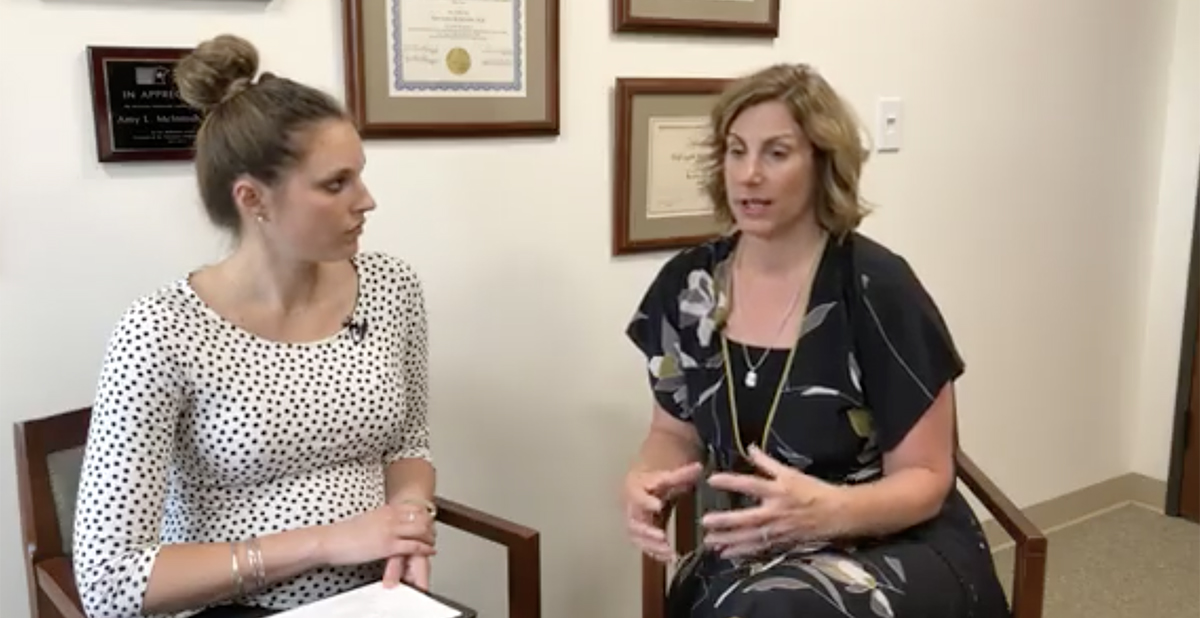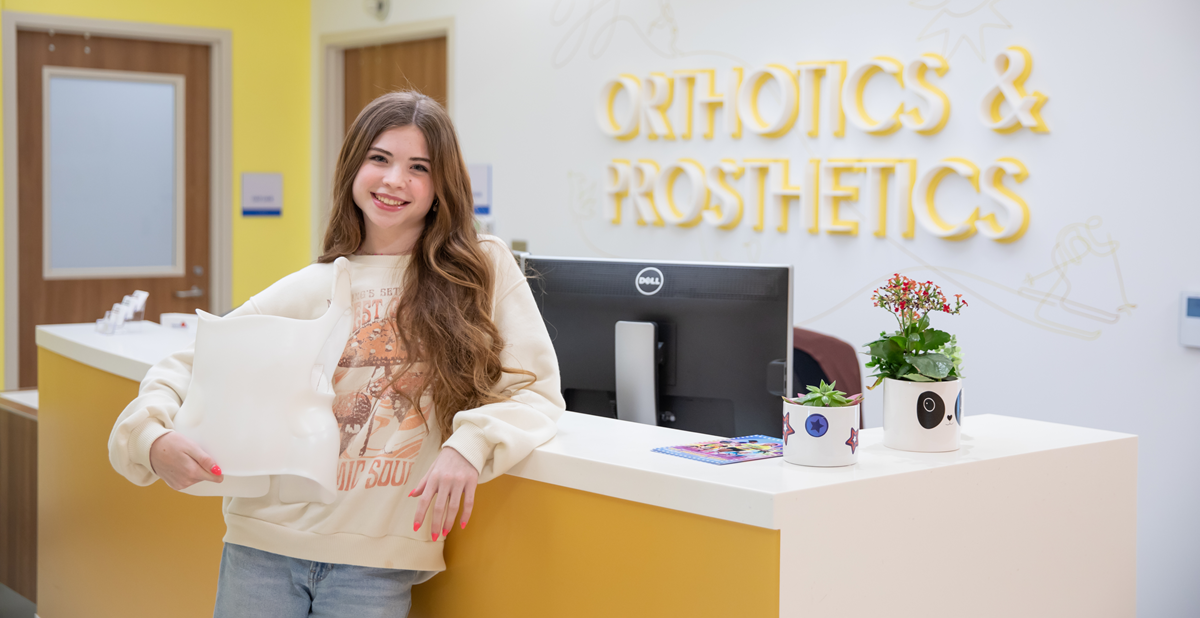
Jun 20, 2018 / Scoliosis & Spine
#SRHaccess Facebook LIVE Recap: Early Onset Scoliosis
In honor of Scoliosis Awareness Month, staff orthopedist Amy L. McIntosh, M.D., joined us on Facebook live to discuss early onset scoliosis. Below is a recap of the conversation.
Watch the live segment.
What is early onset scoliosis (EOS)?
Watch the live segment.
What is early onset scoliosis (EOS)?
- A child who is diagnosed with scoliosis before the age of 10.
- There are different reasons/causes of early onset scoliosis.
- Idiopathic – scoliosis forms from unknown cause
- Congenital – vertebrae didn't form correctly while still in the womb
- Neuromuscular/syndromic condition that causes a muscular imbalance and can result in scoliosis
- Majority of patients are diagnosed very early after birth. The vertebrae didn’t form correctly and there are potentially other underlying medical conditions associated with the scoliosis.
- In other cases, a family member notices a prominence on the child’s back. On average, a parent or guardian notices a deformity of the spine as they hit various developmental milestones (sitting up or crawling).
- Casting – great option for young children (1-5 years of age)
- In certain types of scoliosis, the curve can be cured through casting curves over 50 degrees by slowly pulling the spine straight.
- Only treatment option that does not include surgery or putting metal in the spine to correct the curve.
- Child is put under anesthesia to apply the cast and due to rapid growth during this time, it’s changed every few months.
- About 30% of patients’ spines can be straightened with casting. However, for the other 70%, casting is used to help slow down the growth/severity of the curve.
- Bracing
- However, it can be difficult to brace young children because of their size and the fact that they are growing very quickly.
- MAGEC rods – magnetic rods that are placed surgically in the patient's spine. This is a less invasive treatment option that decreases the amount of surgeries a child must undergo. The rod is then lengthened in clinic with a device that expands the rod in the patient’s back.
- Definitive fusion
- Halo gravity traction – a technique used before performing spine surgery.
- A halo ring is implanted in their skull with pins.
- Traction is slowly added to gradually straighten out the spine.
- Patients are able to be upright and walking.
- On average, the traction can be up to half or 80% of the patient’s body weight.
- 30-40% correction of the spine deformity while in traction.
- Once time in traction is complete, patients undergo surgery to correct the remaining deformity in the spine.
- Traction makes surgery safer and improves pulmonary function.
- GSSG – Growing Spine Study Group: a group of doctors that represent hospitals all over the world who are dedicated to finding innovative techniques to treatment for scoliosis. Scottish Rite Hospital doctors are members of this group.
- If a patient has EOS, he or she will be approached by a research team member while in clinic to enroll in the prospective database.
- Doctors and researchers will follow the patient throughout their treatment and will record data at each visit.
- Our experts want to know how various treatments effect the child and the family long term.
- By collecting data and functional outcome scores through questionnaires from the patients, it helps our experts see the progress/effectiveness of the treatment from the patient’s perspective.
- Once those patients who are enrolled in research complete their treatment, he or she will participate in a study where they will be put on a treadmill to measure their oxygen capacity and see how they function from a heart and lung perspective. With this data, the outcomes from these patients are then compared to those of their peers.



